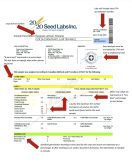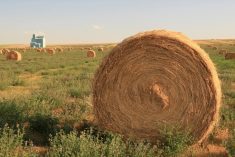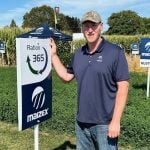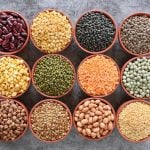A sprinkling of a new sainfoin was enough to ignite renewed interest in high legume pastures across Alberta and British Columbia last year.
The case for high legume pastures was made long ago, both in research trials and in the field by experienced producers with the skill and nerve to turn up the alfalfa content of their grass pastures.
Higher yields, higher gains, better-conditioned cows, longer grazing seasons and more profit per acre is how Alberta forage and livestock specialist Grant Lastiwka sums up the most obvious benefits.
Read Also
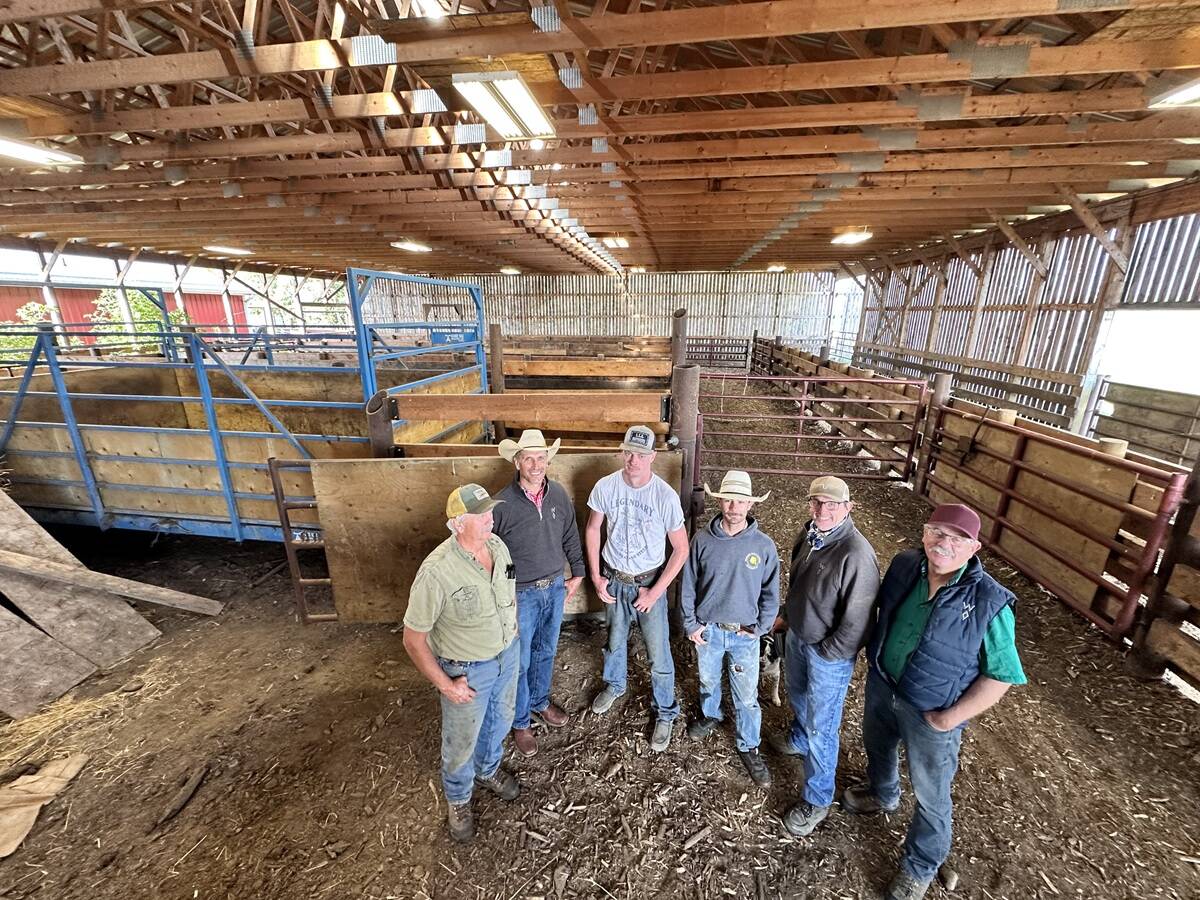
Farm families work together to graze cropland with cattle in the fall
These Alberta farm families have separate operations, but work together to manage their land
“High legume pastures also build soil quality and increase nitrogen content in the soil for use by the grass,” adds Lastiwka.
Added diversity is another selling point, always a welcome trait in pastures, particularly in times of drought. Carbon sequestration is also improved by mixing in some legume with your grasses.
The downside, of course, is bloat, or more accurately, the fear of bloat. And that is why the results of the new sainfoin developed in Lethbridge was pricking up ears at pasture tours last summer and forage meetings this winter. Sainfoin is a non-bloating legume and when mixed in a sward with alfalfa and grass greatly reduces the risk to grazing cattle.
As long as a cow gets a mouthful of grass and sainfoin along with the alfalfa, bloat shouldn’t be a problem.
Ten forage research associations applied for some Growing Forward 2 money to test the productivity of such a mixture.
“Thirteen 10-acre sites were established in 2016 and 2017, all across Alberta and into the Peace Region of British Columbia,” says Lastiwka. “They were each seeded to make a stand mixture of AAC Mountainview sainfoin (20 per cent), alfalfa (40 per cent), and grass (40 per cent) for grazing in 2017. Although we seeded these percentages, if you have the choice, seed the sainfoin at rates at least equal to the alfalfa.”
This project focuses on AAC Mountainview sainfoin and alfalfa, but there are several other legumes such as newer cicer milkvetches, birdsfoot trefoil, yellow-blossomed alfalfa, and clovers including alsike, red, kura, sweet, purple prairie that provide good options or can be used in combination.
The alfalfa-sainfoin legume mixture was seeded with a drill at the low recommended rate for brown soil to keep costs down. Grass was also seeded at low rates and both were seeded separately at right-cross angles to reduce competition and provide better ground cover.
Forage seed is not cheap. One way I learned to make the most of it when seeding rough bush pastures at the Melfort Research Station in Saskatchewan was to prepare a proper seedbed. Firmness is critical. For forage establishment, a footprint in the seedbed should be no deeper than 1/2 inch. That allows uniform, shallow coverage of the seed to prevent it from drying out. A seedbed can never be too firm before seeding. Soft seedbeds, on the other hand, are often the reason why a stand fails to establish. Seeds should be covered with 1/2 inch of soil.
“Control the weeds before you seed, especially if you are using a mixture of grasses and legumes,” adds Lastiwka.
“Make sure no residual herbicides were used in the past that will affect your new crop. Watch closely throughout the growing season to ensure weeds are not choking out the forage seedlings as they try to establish.”
Legumes require inoculation with specific rhizobia bacteria in order to fix nitrogen from the atmosphere. Both the inoculated seed and inoculant need to be stored in a cool place and out of sunlight prior to use.
Depending on the emergence of weeds, spring seeding can be an effective time to seed forages when soil temperatures are above 5 C. Very late fall seeding can also work when soil temperature is below 2 C so that germination does not occur until the following spring.
Depending on the year, it will take some time to get a successful establishment of the high legume forage stand.
Lastiwka advises keeping a close eye on the progress of the young stand, so you will be ready to control weeds with a quick graze, and if the stand doesn’t establish you will probably know why and can decide whether or not to reseed. Adequate soil moisture throughout the first year’s growth is extremely important for good establishment.
Once the plants are growing it is important that the canopy be open enough that the sunlight can continue to reach the rest of the plant. “They don’t last long without sunlight,” he says.
The results of the trials to date are mixed.
“The B.C. site was too wet and then snow fell so we hope it will be seeded this spring,” says Lastiwka. “One other site had poorer legume establishment. It was seeded very shallow but into a soft seedbed with a Barton opener air seeder that had a packer behind the shoot. The grass was put on afterwards using a Valmar harrow broadcast seeded at right angles. We feel the legumes were buried too deep once cross harrowed.”
“I was right there at the time and I didn’t catch it. We should have left the grass seeding for fall time or a few weeks later once we saw what was going to happen.”
“One site was infected with wire worms, two sites were dry and of them one did have a red proso millet greenfeed crop as competition.”
The best sites were at Consort, Barrhead and Longview. The latter two were both grazed by skilled managers to remove weeds or a low seeding rate of oat cover crop competition. Other sites were mowed or sprayed as means of weed control.
“The AAC Mountainview sainfoin caught every bit as well as alfalfa. We had potential for between two to three sainfoin plants per square foot and eight to nine alfalfa plants and eight grass plants. It cost us about $125/acre to establish the high legume pastures, although last year’s prices were at an all-time high for forage seed. This is a perennial crop that if seeded and managed right will have many years to spread this cost over.”
“We aren’t afraid to plant a crop of corn for grazing with its high seed cost each year. That is because we know it can yield really well. Higher cost needs to be exceeded with even greater returns through higher animal grazing days. This is the key for both of these crops to be a wise choice,” concludes Lastiwka.
As with all forage stand establishments, you really need to evaluate the success and productivity of the new forage stand three years and more after seeding. Time will tell on the success of the high legume pasture project.
Duane McCartney is a retired forage beef systems research scientist at Lacombe, Alta.



